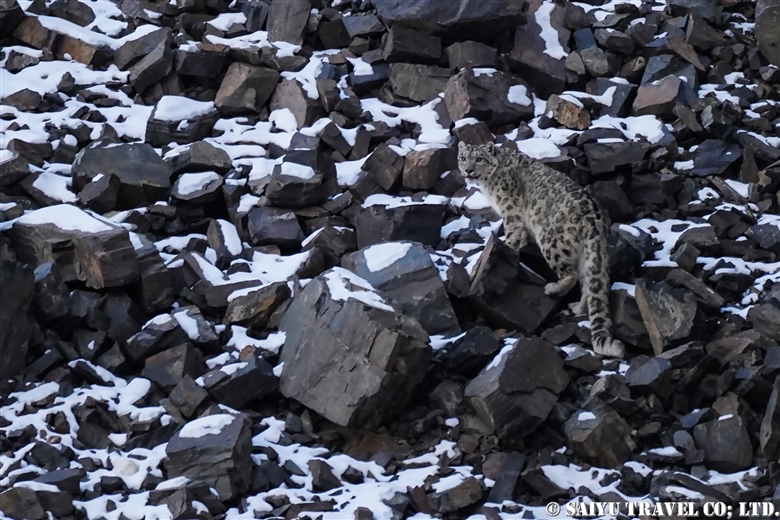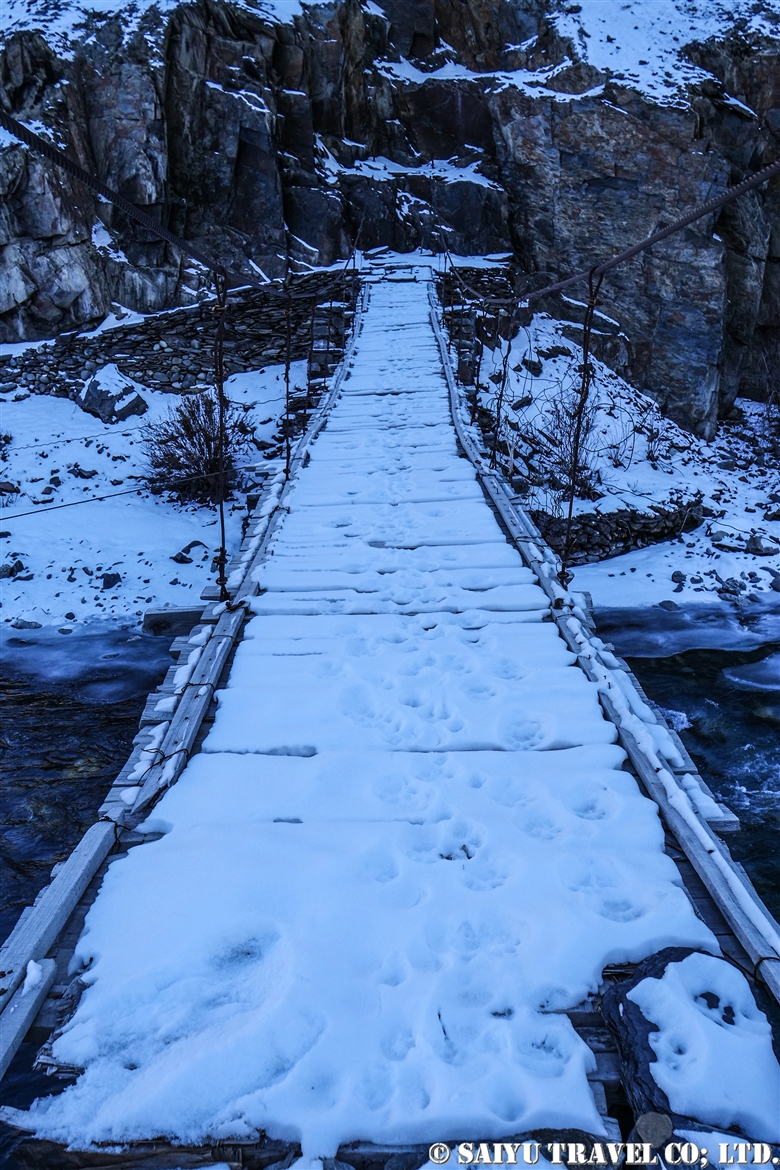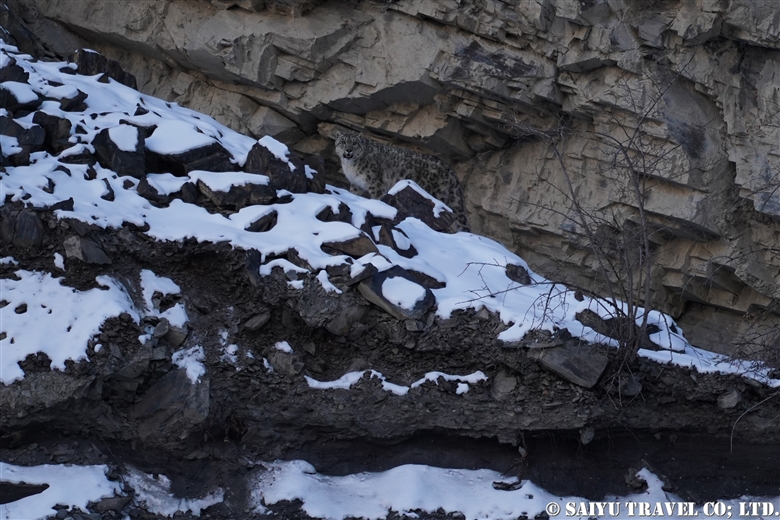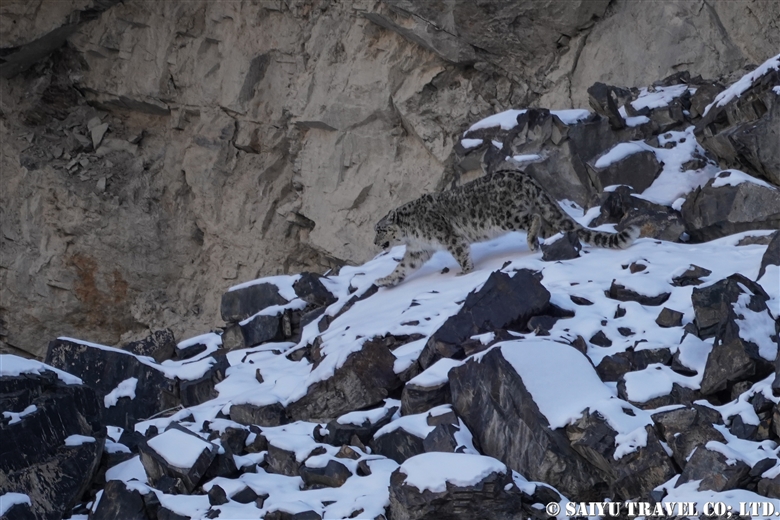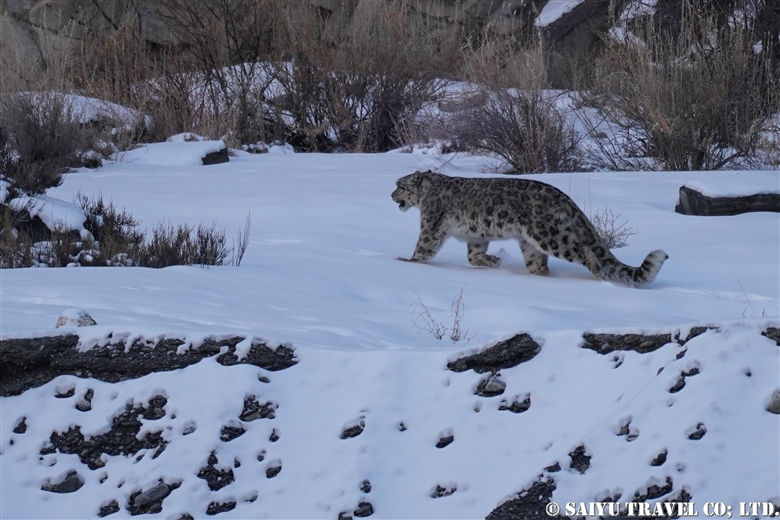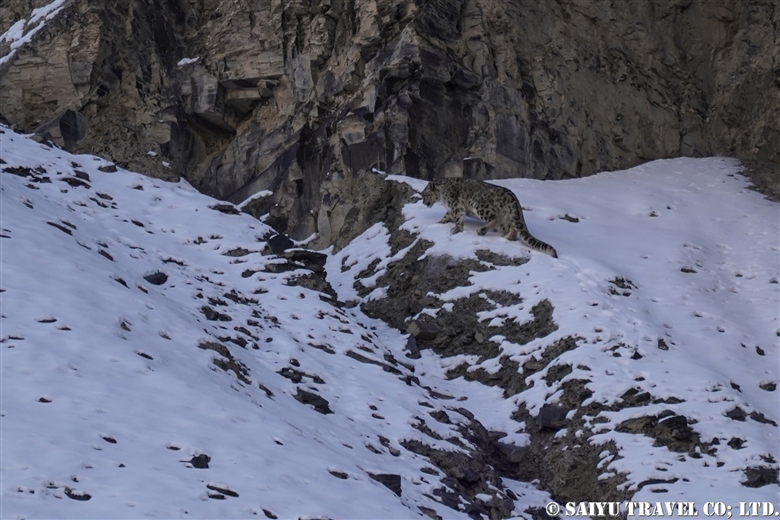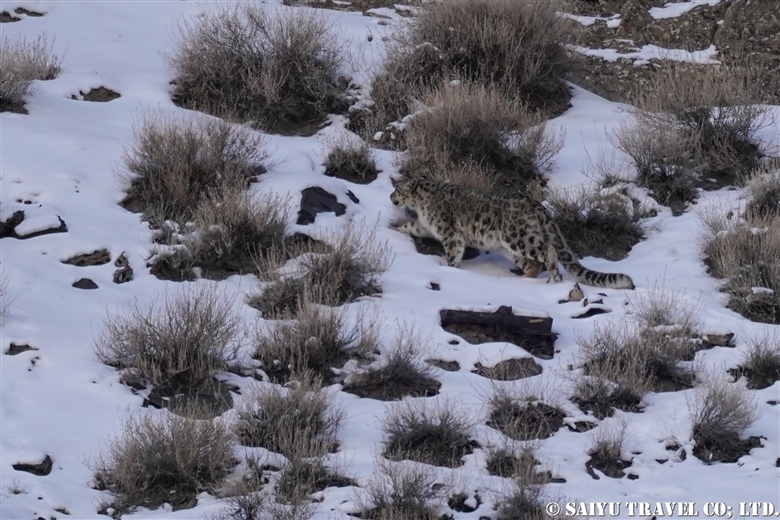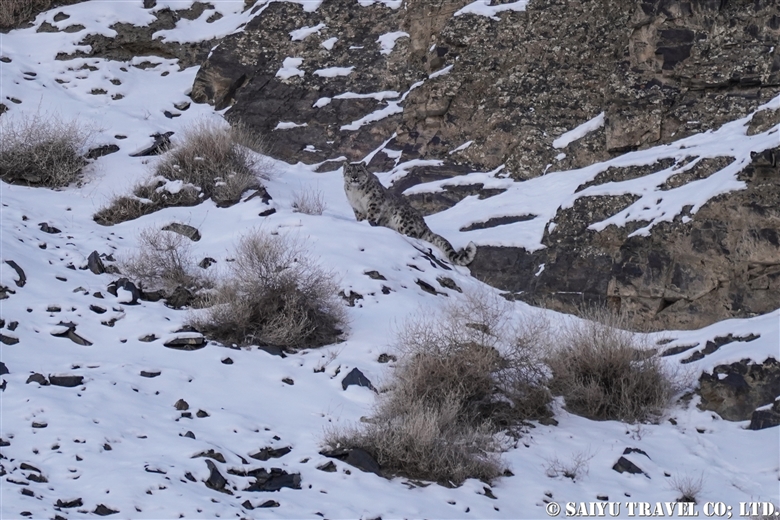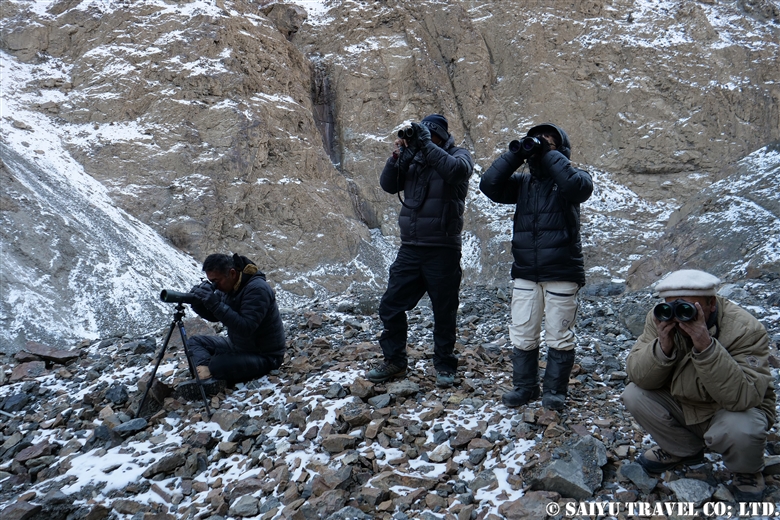We had an encounter with a sweet pair of snow leopards at an altitude of 4,500m near the Kunjerab Pass. I am certain for this time of year, it probably isn’t a mating pair but maybe a a two-year old child and its mother.
We were observing and shooting photos from a distance of about 1 km away, so thanks to the long-distance sighting, we were able to see them in their full natural behavior.
Snow leopards Khunjerab national park top area 1
Snow leopards Khunjerab national park top area 2
Photo & text :Mariko SAWADA
Observation : April 2021, Khunejrab National Park, Gilgit-Baltistan
*Contact us, Indus Caravan for more information or to make arrangements for observing wildlife of Pakistan.
*Youtube Facebook Instagram << Please check our update activity !
Category : - Snow Leopard > = Video Clip Gilgit-Baltistan > ◆ Video Breathtaking Views of Pakistan > - the Karakoram Highway > ◆ Gilgit-Baltistan > - Khunjerab National Park > ◇ Wildlife of PakistanTag : Pakistan Photography Tour , Indus Caravan , Wildlife Photography Pakistan , Saiyu Travel Pakistan , Wildlife Tour Pakistan , Khunjerab National Park , Snow Leopard Tour Pakistan , Pakistan Blog , Snow Leopard Conservation , Snow Leopard Expedition , Pakistan Travel Blog , Snow Leopard , Snow Leopard Pakistan , Travel Pakistan Blog , Pakistan Travel company , Wildlife of Pakistan , Pakistan tour operator






-1200x675.jpeg)












